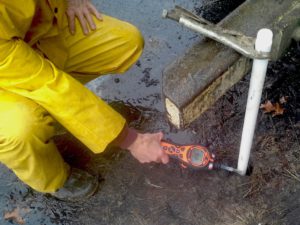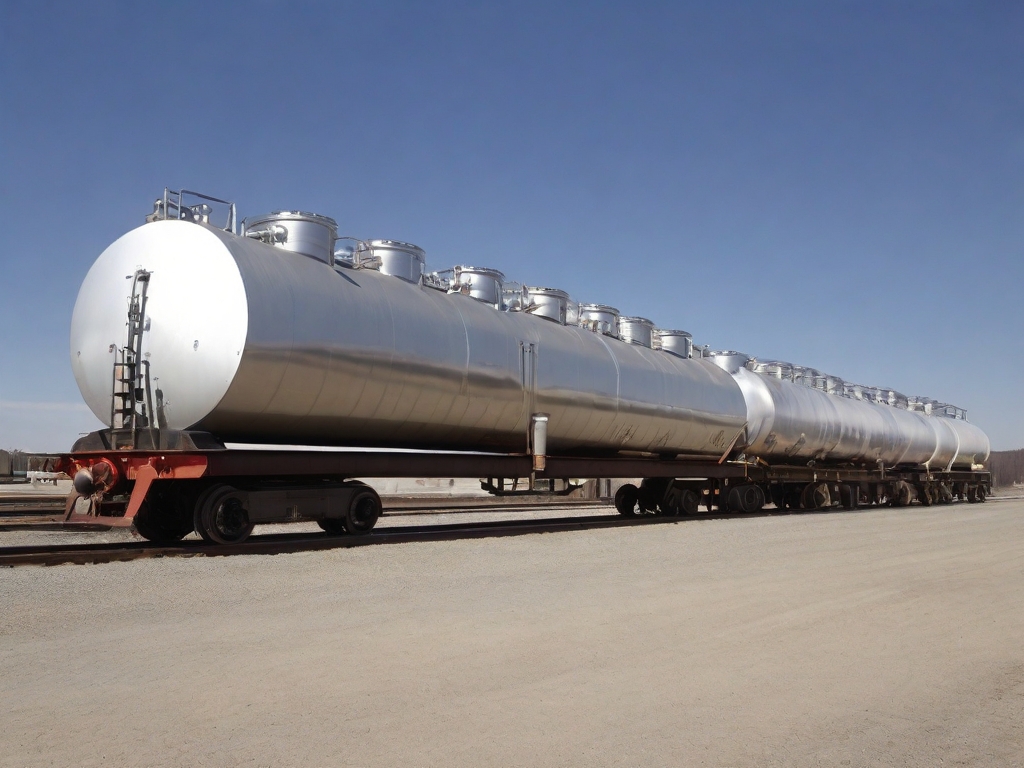As the world becomes more technologically advanced, the need for safer, more reliable equipment in hazardous environments has never been greater. This is where the Intrinsically Safe Store comes in, offering a wide range of intrinsically safe and explosion-proof equipment. But what makes these devices so reliable? The answer lies in the advancements in materials science.
Understanding Intrinsically Safe and Explosion-Proof Equipment
Intrinsically safe and explosion-proof equipment are designed to prevent ignition of flammable substances in hazardous environments. They are essential in industries such as oil and gas, mining, chemical processing, and more. The materials used in the construction of these devices largely determine their safety, which is why advancements in materials science play a crucial role in developing them.
Materials Science: The Backbone of Safety
Materials science is a multidisciplinary field that studies the properties and applications of materials in various fields. It has made significant contributions to the development of safer intrinsically safe and explosion-proof equipment. Here are some key advancements:
- Non-sparking materials: Materials such as bronze, brass, and copper-nickel alloys are used because they do not produce sparks that could ignite flammable substances.
- Flame-resistant materials: Materials like fiberglass reinforced polyester are used in enclosures to contain any internal explosions.
- Thermal insulating materials: These materials prevent heat generated by the equipment from reaching explosive levels.
Case Study: The Impact of Nanotechnology
One of the most significant advancements in materials science is the development of nanotechnology. This technology manipulates materials at the atomic level, enhancing their properties. For example, carbon nanotubes are used in sensors for detecting gas leaks in hazardous environments. They offer superior sensitivity and faster response times compared to traditional sensors, making them a safer choice.
Statistics: A Testament to Safety
The advancements in materials science have significantly reduced the risk of explosions in hazardous environments. According to a report by the National Fire Protection Association, the number of industrial explosions has decreased by 48% over the past decade. This is a testament to the effectiveness of intrinsically safe and explosion-proof equipment.
Looking Ahead: The Future of Materials Science
The future of materials science holds great promise for the development of even safer intrinsically safe and explosion-proof equipment. Researchers are exploring the use of smart materials that can adapt to changes in their environment, potentially preventing accidents before they occur.

Advancements in materials science have played a pivotal role in the development of safer intrinsically safe and explosion-proof equipment. From non-sparking materials to the use of nanotechnology, these advancements have significantly reduced the risk of explosions in hazardous environments. As we look to the future, the continued evolution of materials science promises to bring even greater safety improvements. Visit the Intrinsically Safe Store to explore a wide range of intrinsically safe and explosion-proof equipment that leverages these advancements. For more information, don’t hesitate to contact us.


























